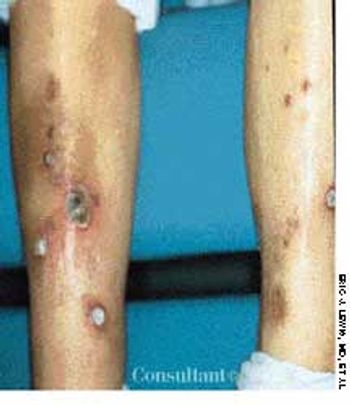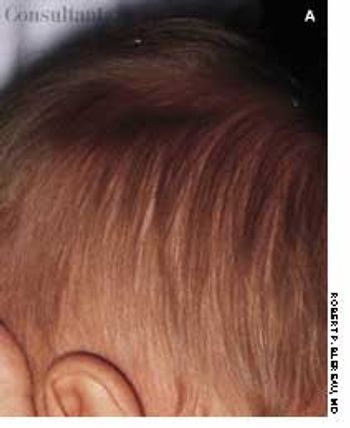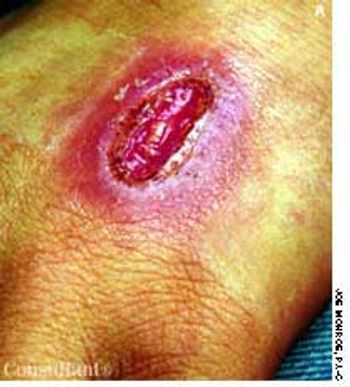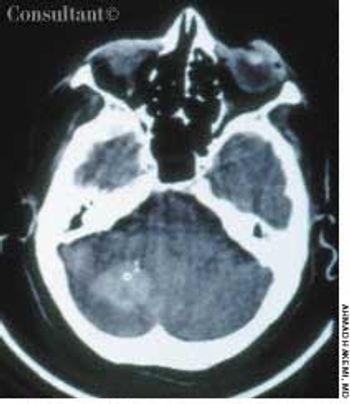
As many as 300,000 sportsrelatedconcussions arediagnosed each year inthe United States.1 Thisfigure underestimatesthe true incidence, however, becausemany concussive injuries are notrecognized by the injured persons,trainers, or physicians. A recentstudy found that 4 of 5 professionalfootball players with concussionwere unaware that they had sufferedthis injury.2




















































































































































































































































































